#science vocabulary
Text
Science Vocabulary
Science Vocabulary for K-8
Desk Boy Loves Studying Vocabulary!
Mastering science vocabulary is crucial for students in grades K-8 to excel in their science education and lays the foundation for understanding complex concepts and communicating effectively about scientific phenomena. To enhance their proficiency in science terminology, students can engage in various activities such as completing…

View On WordPress
#biology vocabulary#k-8 science terms#k-8 science vocabulary#science terms#science vocabulary#science vocabulary activities
0 notes
Photo
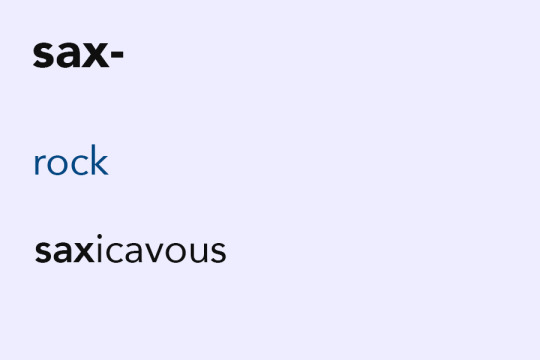
sax-
0 notes
Text
Wild vs. Feral, Domesticated vs. Tame, Native vs. Invasive, and Why Words Matter
Originally posted on my website at https://rebeccalexa.com/wild-vs-feral/
Recently a post crossed my dash on Facebook featuring a small group of llamas in the forests of the Olympic Peninsula. The caption described them as “wild” llamas (Lama glama). That may seem pretty innocuous to the average person, but to a naturalist it’s a gross mischaracterization. For one thing, llamas are completely domestic animals, no more wild than a cow or dog; they are descended from the guanaco (Lama guanacoe), which is a truly wild camelid. So this means that the llamas on the peninsula are feral, not wild. But why does the distinction of wild vs. feral matter so much?
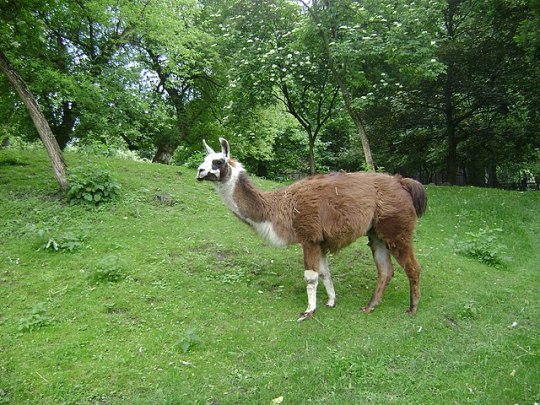
The terms we use to describe various species help us to understand their origin and, perhaps more importantly, their current ecological status. These concepts aren’t just relevant to scientists, however. Everyday people are constantly making decisions that can affect the ecosystems around them, and often these decisions are made without having a full understanding of their impact.
For example, look at how many people release unwanted pets into the wild, whether domesticated rabbits, goldfish, snakes, or other, more exotic animals. Some of these unfortunate animals end up dying pretty awful deaths due to starvation, exposure, or predation. But others manage to survive and reproduce, becoming the latest population of non-native–and potentially invasive–species in their ecosystem. This wouldn’t happen if more people understood the impact of non-native species, and how releasing captive animals puts native species at risk.
But it all starts with knowing that there’s a difference, and understanding the terms that explain why that difference exists. So let’s explore some vocabulary that can be used to describe species, whether animal, plant, or otherwise.
Let’s start with domestication, because there often seems to be confusion as to what makes a species domesticated. Domestication is a process that takes many years, often measured in centuries. Humans breed chosen animals for particular traits over a number of generations. As time passes, each subsequent generation becomes more different from the wild species it originated from, and eventually a new, fully domesticated species emerges from this process of artificial selection by humans.
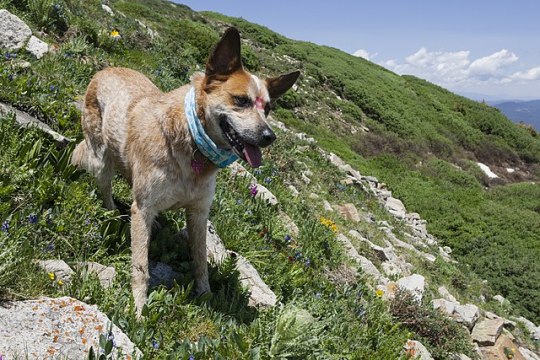
Dogs (Canis familiaris or Canis lupus familiaris) are the first animal humans domesticated in a process that started about 30,000 years ago. They evolved from the now-extinct Pleistocene wolf, a particular lineage of the gray wolf (Canis lupus), and it’s likely that the partnership began as some wolves showed less fear of humans while scavenging from our kills. By 14,000 years ago dogs were a distinct species (or subspecies) from wolves.
Dogs display very different characteristics from wolves. Their faces tend to be shorter with a more pronounced stop (the bump in the forehead where the muzzle meets the rest of the skull.) Floppy ears and curled tails are common, as are patchy-colored coats. Dogs tend to have weaker muscles than wolves of a similar size, shorter legs and smaller feet, smaller teeth, and a smaller size overall. This is a phenomenon known as neoteny, in which domesticated animals have a tendency to retain more juvenile physical traits of their parent wild species, and you can see it in domesticated animals across the board.
But it’s not just physical appearances that matter. Behaviorally dogs are generally more friendly toward humans; in fact, they’ve even developed some human-friendly body language that wolves don’t have, like “puppy dog eyes.” They can be easily trained and, unless poorly socialized, dogs generally enjoy the company of humans.
In many ways, physically and behaviorally, a dog is a wolf that never grew out of its puppy stage. While a young wolf pup may be able to live in someone’s house for a short time, as they grow older they become more destructive and less tolerant of human company. Your dog may love watching out the window during a car ride, but a wolf is going to be much more stressed out by the experience. Even wolf-dog hybrids have to be treated differently than your average domesticated dog because the wolf content has a significant effect on behavior.
This is just one example of how domestication isn’t just a matter of a few generations of selective breeding. You can also compare domesticated horses (Equus ferus caballus) with Przewalski’s horses (Equus ferus przewalskii or Equus przewalskii) or zebras (subgenus Hippotigris), domesticated cows (Bos taurus) with stories of fierce wild aurochs (Bos primigenius), and so forth. In every case the wild and domesticated counterparts are very different in both appearance and behavior.
Now, what about the term “tame”? Many wild animal species have been tamed over the years, either wild-caught individuals or those born in captivity. These tame animals may be more docile in comparison to their fully wild counterparts, but this generally takes a lot of handling and socialization from a young age. Moreover, tame animals retain a lot more wild behaviors than domesticated ones.

Take those supposed “domesticated” foxes that people want to have as pets. Most of the foxes available as pets have no relation to those in the famous Russian fox domestication experiment, but are from modern fur farm lines. And in fact the study foxes came from Russian fur farms, so the researchers were beginning with pre-tamed animals rather than truly wild ones. While some tame foxes may be more amenable to human handling than wild foxes, they are by no means domesticated. They are more prone to wild behaviors like urinating everywhere to mark territory, chewing on anything they can get their jaws on, nipping, and making a LOT of noise. Moreover, whereas dogs adapted to eating an omnivorous diet after millennia of eating alongside us, foxes need a more specialized diet than what you can get at a pet store.
Unfortunately there are unscrupulous people within the exotic pet trade who will advertise their tame (at best) stock as “domesticated.” This often leads consumers to thinking that they’re getting a much more tractable animal that will be as easy to care for as a cat or dog, and sets up everyone involved for disaster (except, of course, the seller with a fatter wallet.)
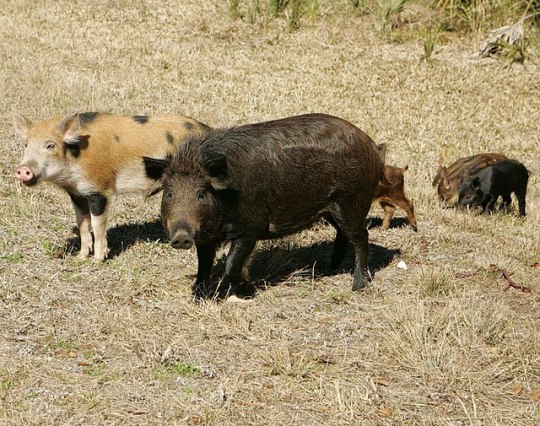
Next, let's compare wild vs. feral. A wild species is one that has never been domesticated, nor have its ancestors. Generally it will be a native species to its ecosystem, though non-native species can also be introduced to an ecosystem without ever having been domesticated. A feral animal, on the other hand, is a member of a domesticated species that has escaped or been released back into the wild and has survived to reproduce new generations that have never been handled by humans.
I’ve often heard people refer to the feral swine (Sus domesticus) that have ravaged ecosystems worldwide as “wild pigs”. They may behave in a wild manner, and they certainly look rougher and hairier than your average well-fed domesticated pig on a farm. It’s not uncommon for feral animals to regain some traits of their wild ancestors. However, that does not make them truly wild.
If you manage to wrest away a litter of newborn piglets from a feral sow and bottle-feed them, they are likely to be able to be socialized and kept in captivity, though they may still physically resemble feral pigs. They haven’t lost the deeply-ingrained genes that carry domesticated traits. However, if you try to raise a newborn Eurasian wild boar (Sus scrofa) or red river hog (Potamochoerus porcus), it will lack the domesticated traits of its farm cousins and show more wild traits as it ages, making it a rather unsuitable pet or farm animal. We also see this return to domestic traits in mustangs and other feral horses captured at a young age. While a mustang born in the wild may be tougher to work with at first than a foal born in captivity and handled from birth, the mustang will be much more calm and easier to train than, say, a zebra.
The problem with referring to feral animals as “wild” is that this suggests they are a natural part of the ecosystem they are in. Because a truly domesticated species (or subspecies) is not the same as the parent species, it has no place to which it is native as a wild animal.

A native species is one that has evolved in a given ecosystem for thousands or even millions of years. In the process it has developed numerous intricate interrelationships with many other species in that ecosystem, creating a careful system of checks and balances. A non-native species is any species that has been taken out of the ecosystem in which it evolved and placed in a different ecosystem where it is not normally found.
For example, here in North America the mourning dove (Zenaida macroura) is a wild native species. While it may resemble domesticated pigeons, it has never been domesticated even when kept in captivity. The Eurasian collared dove (Streptopelia decaocto), on the other hand, was introduced to the Americas after a few dozen individuals were released in the Bahamas in 1974. The feral pigeon (Columba livia domestica) is a domesticated species derived from the rock dove (Columba livia), which is native to Europe, west Asia, and northern Africa. Both the collared dove and pigeon are examples of non-native species. Most non-native species do not offer any benefits to the ecosystems they are introduced to because they do not have established relationships with native species. When they compete with native species for resources, they weaken the ecosystem overall.
Non-native species can be further categorized as naturalized or invasive, or even both. A naturalized species is a non-native one that has managed to establish reproducing populations, rather than going extinct without becoming established. Unfortunately, some people take this to mean that the species has become fully integrated into the new ecosystem. However, this is a process that again takes thousands to millions of years as other species adapt to the newcomer, which itself often also changes as it adapts to its new environment.
Ring-necked pheasants (Phasianus colchicus) are an example of a naturalized species in North America. Native to Asia and parts of Europe, they were introduced here as a game bird 250 years ago. While captive pheasants are regularly released into the wild to offer more hunting opportunities to humans, this species has likely been naturalized from its first introduction.
Again, “naturalized” doesn’t mean “natural”. Pheasants compete with native birds like northern bobwhite (Colinus virginianus) and prairie chickens (Tympanuchus spp.) Not only do they compete for food, nesting sites, and other resources, but they also spread diseases to native birds. Pheasants even engage in brood parasitism, laying their eggs in native birds’ nests and sometimes causing the native birds to abandon the nest and their own young entirely.
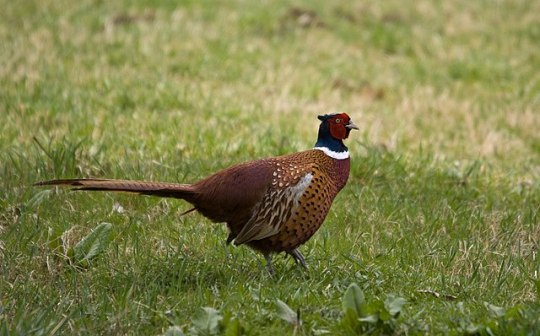
This means that the pheasants are also invasive as well as naturalized. Invasive species are non-natives that aggressively compete with, and sometimes displace or extirpate, native species. There are several hundred species that have become seriously invasive here, including both vertebrate and invertebrate animals, and numerous plants. But even the rest of the over 6000 non-native species that have become naturalized here still put pressure on native species, and have the potential to become invasive if their impact increases to a more damaging point.
Hopefully this gives you a clearer understanding of what these terms mean and why it’s important to know the difference. By knowing a little more about how your local ecosystem works and how different species may be contributing to or detracting from its overall health, you have more power to be able to make decisions that can preserve native species and help ecosystems be more resilient. Given that the removal of invasive species is one of the most important ways we can help ecosystems thrive in spite of climate change, it’s more important than ever that we increase nature literacy among the general populace. Consider this article just one small way to move that effort along.
Did you enjoy this post? Consider taking one of my online foraging and natural history classes or hiring me for a guided nature tour, checking out my other articles, or picking up a paperback or ebook I’ve written! You can even buy me a coffee here!
#wildlife#animals#nature#biology#science#scicomm#invasive species#wild animals#domesticated fox#feral hogs#long post#vocabulary#ecology#educational#biodiversity#conservation#environment#environmentalism#climate change#pigeons
2K notes
·
View notes
Text
The people who believe that a dog on tik tok can use voice recording buttons to vocalize an existential crisis and casually invent metaphors on the fly would have 100% believed that Clever Hans the horse could do complicated arithmetic back in 1904
#I’m not saying these dogs don’t gain an impressive vocabulary#but some of the things their owners claim and people believe are just way too far fetched#animal cognition#tik tok#animal behavior#dogs#science#clever Hans
2K notes
·
View notes
Text
freaky fungi fact - mycology vocab part ii :-D
guttation : the secretion of droplets from the pores of fungi (& plants).
there are a handful of different fungal species that guttate - it usually works similarly to how sweat works for humans :-) mushrooms will have too much moisture, & secrete some. this guttation can end up looking super cool !!

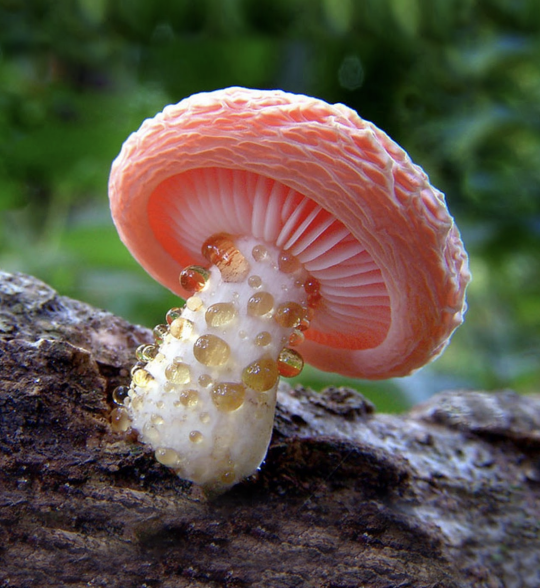

if you were curious : these droplets often taste bitter, & some mushrooms even use this bitterness to deter animals from eating them before they are mature. ^^
to use in context-
the mushrooms are guttating ; they are experiencing guttation ; a handful of mushrooms guttate !!
[images : source, source & source]
#• finn's freaky fungi fact ^^ •#[hynellum peckii]#[rhodotus]#||#fungus#mushrooms#mycology#fungi#earth#cottagecore#nature#mushroom#forestcore#foraging#science#guttation#guttate#english#vocabulary
129 notes
·
View notes
Text
convincing the graduate chair that it’s fine to give me an extra month to study for my comprehensive exams by giving me the comps list early by explaining that there’s no way in hell im studying with any of the other phd students in my cohort
#the moment I discovered the phrase little eichmanns it permanently etched itself into my vocabulary#because that’s what all of them are#they’re all fucking rich white progressive racist types who think they’re above reading theory. fucking ghoulish human beings#and I know they’re gonna beg me to give them all my notes and teach them how to read marx#because that’s what they’ve been doing all semester#you’re a PhD social science student the fact that you don’t like theory isn’t my problem! Drop out if it’s that hard#go work at your dad’s firm or whatever
48 notes
·
View notes
Text
Human corneas are incredibly similar to shark corneas
#studyblr#notes#my notes#biology#bio#human biology#human bio#anatomy#human anatomy#anatomical vocabulary#anatomical variation#medblr#medical notes#med notes#anatomical structures#human anatomical structures#anatomy and physiology#anatomy & physiology#life science#biological science#note cards#flashcards#flash cards
27 notes
·
View notes
Text
My friends say I have a fanfiction vocabulary.
#something to do with the way i plave my words and how i chose them#im inclined to agree with them#but i told them i just have a vocabulary that is very influenced by evertging I read#and at one point in my life that was science textbooks and dictionaries cuz i was bored at school#sooooo#yeah#they are right me thinks#jester lore#jesters privilege#jester's ramblings
20 notes
·
View notes
Text

Slay bestie 🥰🥰🥰 I’d do the the same 🙏🙏🙏💋💋💋
#/j#I don’t use this vocabulary regularly#phantom of the opera#erik destler#erik the phantom#science#the phantom of the opera#me phantom#gaston leroux#Alistair Valentine please marry me
18 notes
·
View notes
Text
Marcescence is the withering and persistence of plant organs that normally are shed, and is a term most commonly applied to plant leaves.
The underlying physiological mechanism is that trees transfer water and sap from the roots to the leaves through their vascular cells, but in some trees as autumn begins, the veins carrying the sap slowly close until a layer of cells called the abscission layer completely closes off the vein allowing the tree to rid itself of the leaf...
7 notes
·
View notes
Text

part 2 of wordgirl swap AU post!!
ITS DOCTOR PHYSHER GUYS OMG!!!! ITS HIM!! okay jokes aside, I had so much fun drawing this and making the lore!!
I’m gonna do more of these soon, so stay tuned!!
#wordgirl au#wordgirl fanart#word up#wordgirl#steven boxleitner#swap au#dr physher#this is so fun#fun fact: empiric means someone involved in science or medicine relies solely on observation and experiments!!#lexicon means vocabulary of a person language or branch of knowledge#wordgirl is such a smart show.
20 notes
·
View notes
Photo

scut-
0 notes
Text
Umwelt: What Matters Most in the World
(Originally posted at my blog at https://rebeccalexa.com/umwelt-what-matters-most-in-the-world/)
I will be the first to admit that a lot of philosophy tends to bend my brain in ways that I’m really not prepared for. I’m a very earthy creature, and I am more comfortable in physical, solid spaces than in abstract conceptualizations. Even the modalities of psychology I gravitated toward in grad school tended to be based in our interactions with physical nature, and measurable effects thereof. But it was a casual discussion on philosophy with regards to the awareness of animals that introduced me to the concept of umwelt.
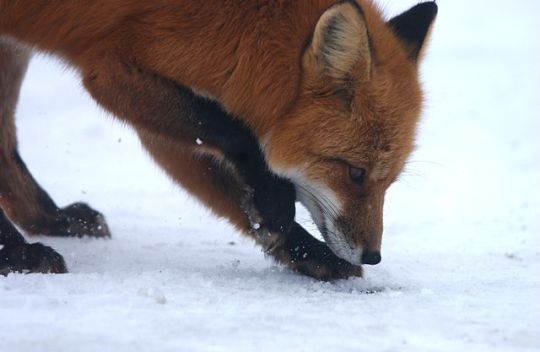
Originally coined by biologist Jakob Johann Freiherr von Uexküll, umwelt describes the unique way in which a given animal experiences the world around it. Uexküll looked at how various beings take in information through their senses; the way that a blind, deaf worm engages with their environment through taste and touch is very different from how we with our hearing and color vision connect with our world. Even when I am walking with my dog out in the woods, her interpretation of what’s going on around us is going to be much more heavily influenced by hearing, and especially smell, than my sight-heavy approach. (And when we engage with each other, our respective umwelten create a semiosphere!)
So umwelt is essentially the sum total of all the ways in which an animal takes in that sensory information and attaches meaning to each fragment thereof. It’s how they tell the story of the world around them, and understand their place in it. And they rank the signs according to importance; umwelt is more strongly formed by things that are of particular interest to the animal.
That means that umwelt, rather than being constant throughout life, is always shifting according to new sensory input, or changes in how the senses work; as my dog gets older, her hearing and vision may not be as good as they were, but if her nose stays sharp then smells may become an even more important part of how she navigates her world.
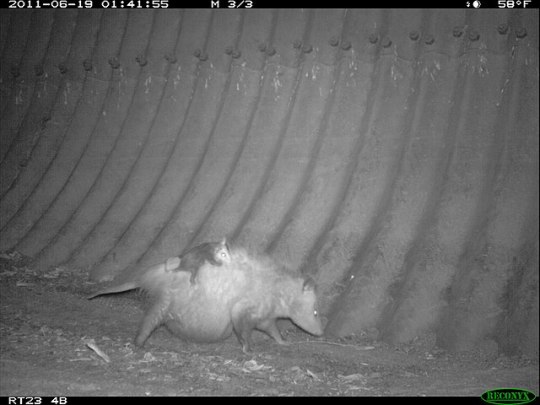
Or look at a Virginia opossum (Didelphis virginiana), which is born as a blind, deaf little hairless being with two front legs that they use to crawl to the mother’s abdominal pouch. At that time their umwelt centers on seeking and retaining the warmth of their mother’s pouch, and the sensation of the constant flow of warm, nourishing milk. After about ten weeks they leave the pouch as a miniature furry little possum and travel on their mother’s back while learning to walk; their umwelt has expanded quite a bit to include the sight and smell of their mother, the visual and scent cues that tell them how close they are to known food sources, and visual, sound, and audio information warning of various dangers. At around five months, the opossum becomes independent, and their mother fades from their umwelt while being replaced by an even larger network of food, danger, and perhaps even potential mates. Over a lifetime, as the opossum’s senses develop (and, with age, decline) and their priorities shift, so does their umwelt evolve with them.
This then led me into a bit of a rabbit hole with biosemiotics. Semiotics is the study of symbols and the communication of meaning, to include communication with the self. Biosemiotics, then, is how non-human beings assign meaning to various things in their lives, and interpret the world they live in. Zoosemiotics specifically refers to the semiotics of animals, like the examples I’ve given so far, while endosemiotics (aka phytosemiotics or vegetative semiotics) is semiotics at a cellular or even molecular level.

One example of endosemiotics can be found in our immune systems. A B lymphocyte can recognize an invader such as a virus or bacteria, and it sends out a signal (an antigen) to T lymphocytes that then attack the invader. The B lymphocyte’s umwelt consists of information received through surface receptors that can detect certain proteins and other molecules, and the response it’s programmed to have as a result of detecting an invader. The T lymphocyte’s umwelt, on the other hand, centers on the B lymphocyte’s antigen signal, as well as the invader itself.
Biosemiotics is important because it moves meaning-making beyond humans, demonstrating that we are not the only beings who assign more importance to one part of our world than another. It promotes the idea that human language is not necessary for an organism to be able to find meaning in their environment. I’m cautious about anthropomorphization–assigning human traits to non-human beings–but biosemiotics allows each being to be its own unique self, rather than being gauged by human standards.
It’s all too easy for me to get overwhelmed by just how technical some of the discussion over biosemiotics can get (especially when delving into the “semotics” part of it!) But my takeaway is that it’s nice to have a term–umwelt–that encapsulates the unique experience that every animal, plant, fungus, slime mold, and other being has, no matter how large or small its world may be.
I can envision millions upon millions of overlapping umwelten in every ecosystem, becoming semiospheres whenever two or more of those umwelten nudge, slide, or crash into each other. I’m already delighted by knowing that I myself contain several ecosystems, with microbiomes in my organs and on my skin and more. But I can now also consider the umwelten and semiospheres of the lymphocytes in my immune system, along with all the other cells that are carrying on their existences within my various tissues, fluids, and so forth.
Of course, this gets into discussions of whether umwelt requires some level of consciousness, the nature of consciousness, sentience vs. sapience, etc., etc., all of which are the sort of headache-inducing philosophical discussions that I try to avoid at this stage of my life. So I can understand that this whole umwelt-biosemiotics thing is still being hammered out and explored and critiqued, but also use it to augment my own personal model of my world, internal and external (my innenwelt!) And for now, umwelt is a perfectly good shorthand for “the unique way in which an organism experiences its environment.”
Did you enjoy this post? Consider taking one of my online foraging and natural history classes, checking out my other articles, or picking up a paperback or ebook I’ve written! You can even buy me a coffee here!
#umwelt#nature#vocabulary#vocab#natural history#natural philosophy#philosophy#psychology#ecopsychology#consciousness#semiotics#biosemiotics#symbols#wildlife#ecology#biology#science#scicomm#science communication#long post
77 notes
·
View notes
Text
Biology is like my new trigonometry (idk what the fuck is happening ever)
#we get a cheat sheet hopefully that will save me tmrw#i feel like it’s mostly the vocabulary once I get that figured out it makes a lot more sense#but there’s always so much new words intoduced it’s hard to understand at first#and I’m not a science person lol#.___.
5 notes
·
View notes
Text
Personally, it feels weird and performative to throw an x into an already gender-neutral term just for the hell of it, but want to know what others think.
#folks vs folx#folx#performative activism#performative allyship#queer#queer vocabulary#reblog for science#reblog for greater sample size#queer language#queer linguistics#linguistics#gay linguistics#for reference I am queer and work at a v v queer organization and I HATE when the cishets at work use folx in emails#it’s insane to me#about me#random thoughts
16 notes
·
View notes
Text
SOCIAL SCIENCE
|||||||||||||||||||||||||||
LINGUISTICS
VOCABULARY
New Word of the Day is lechery.
Part of Speech: Noun
Lechery is an excessive or offensive sexual desire.
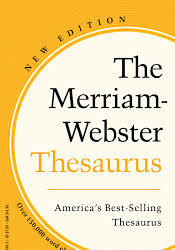
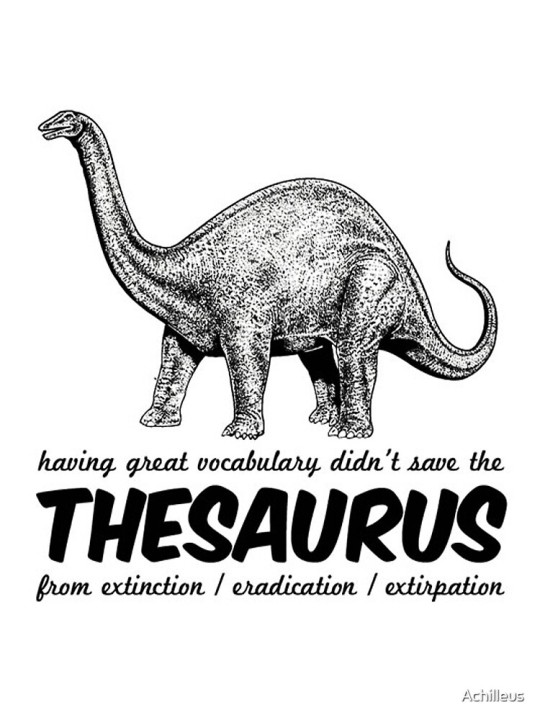
SYNONYM -> carnality
ANTONYM -> chastity
2 notes
·
View notes